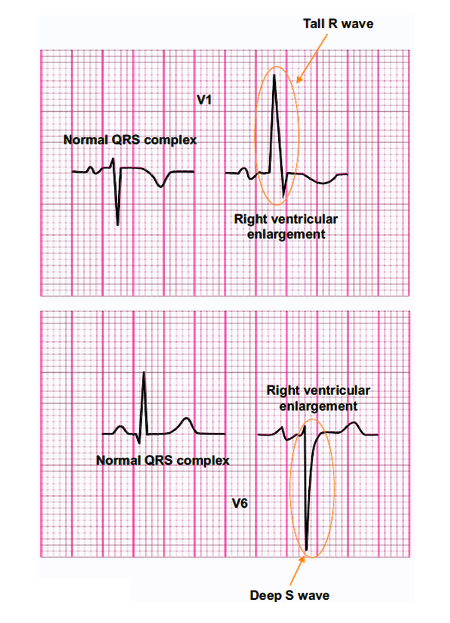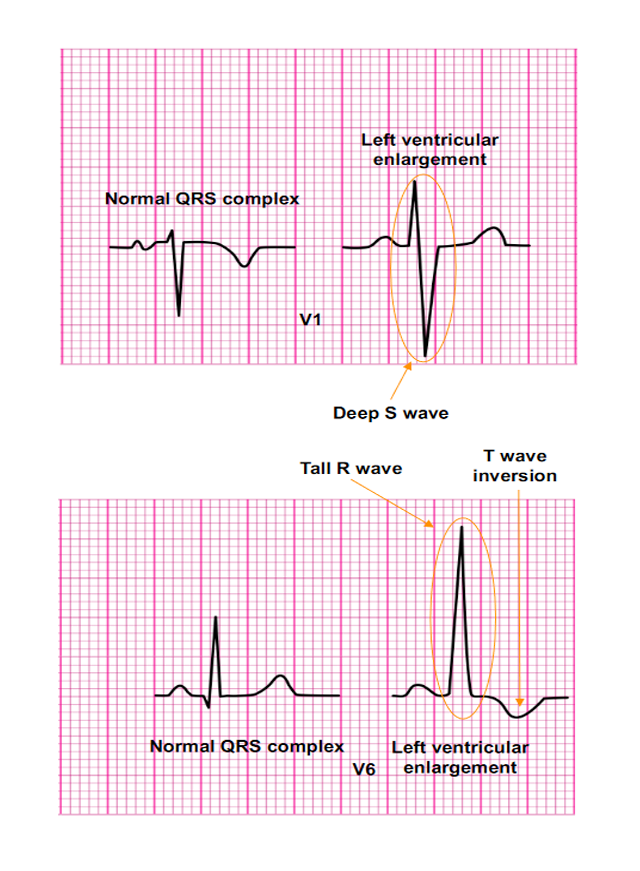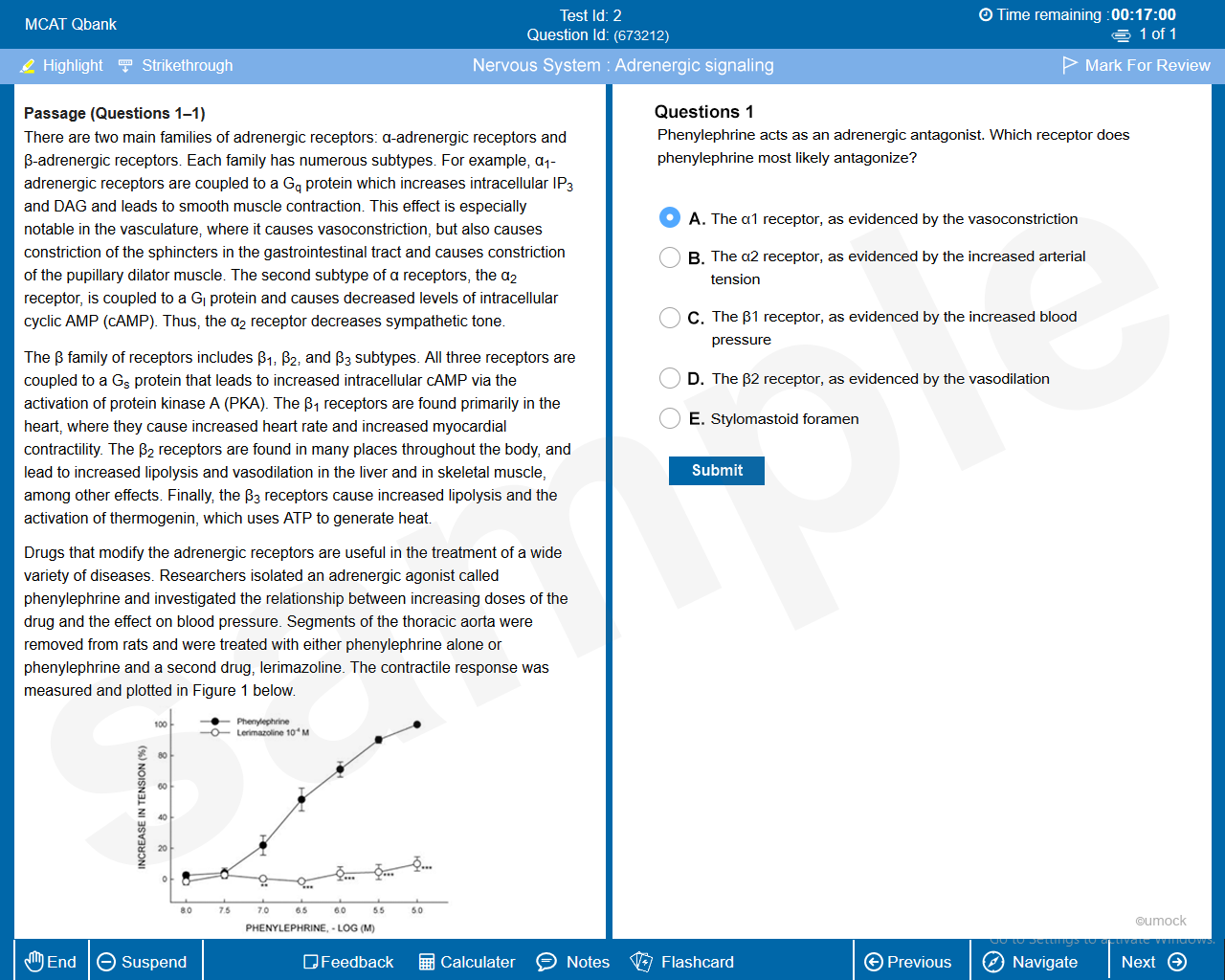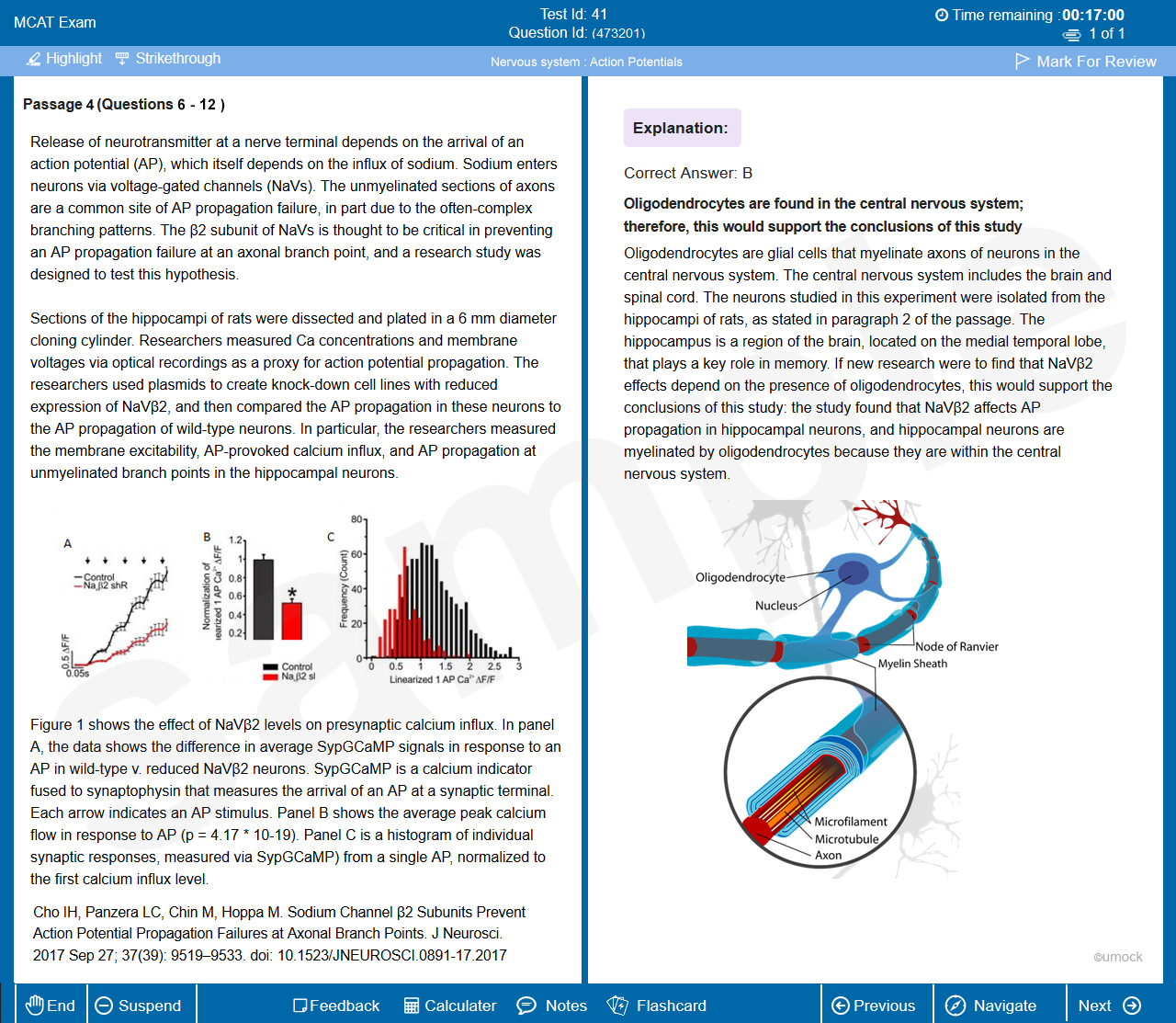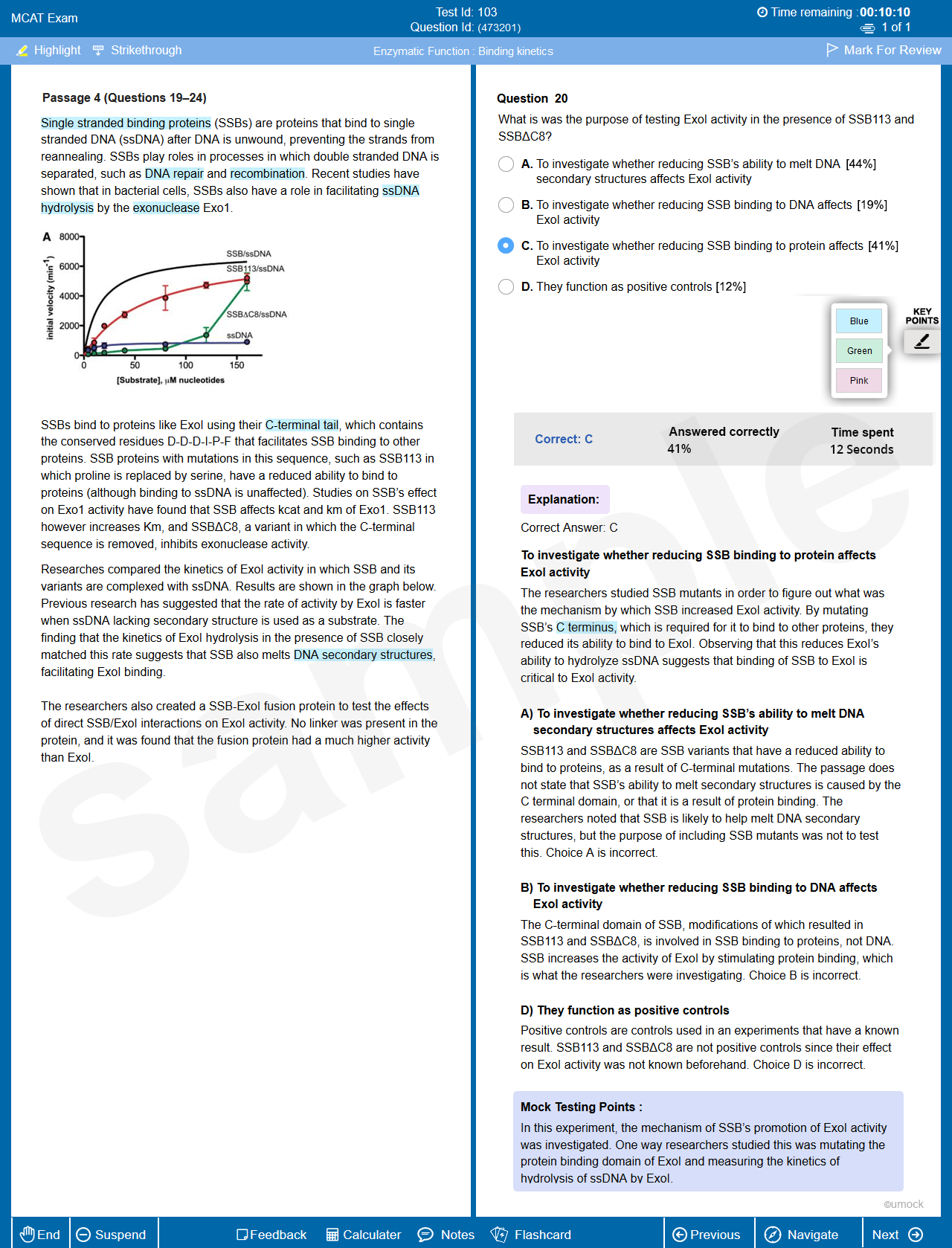Learn how to read an EKG
for COMLEX Level 2 CE
Systematic Approach to EKG and Interpretation for COMLEX Level 2 CE
The material contains detailed information for anatomy and physiology, using a heart monitor, as well as identifying and interpreting EKG tracings, including:
- Recognizing sinus rhythms
- Cardiac & pulmonary syndromes
- Sinus node, atrial, junctional, and ventricular arrhythmias
- AV conduction abnormalities
- Pacemakers and ICD
- Drug side effects
- Bundle Branch Blocks
- 3-lead, 5-lead, and 12-lead EKG tracings
- In-depth diagrams for electrode placement
- Electrolyte imbalances & metabolic factors
- Procedures for commonly performed tests
Study abnormal EKG tracings for COMLEX Level 2 CE
The EKG review discusses a systematic approach to rhythm interpretation to help diagnose, monitor, and determine the severity of conditions such as:
- -Congenital heart defects
- -Coronary artery disease
- -Heart attack
- -Heart failure
- -Heart murmurs
- -Cardiomyopathy
- -Pericarditis
- -Cardiac arrhythmias
Study EKG patterns and cardiac structural abnormalities for COMLEX Level 2 CE
Improve your ability to accurately interpret EKG tracings for irregularities and abnormalities which is a core competency for COMLEX Level 2 CE.
Identify conditions caused by malfunctions in the heart’s electrical system from medication and drug use such as amphetamines, OTC cold and allergy meds, beta blockers, and cocaine.
Learn how to recognize structural abnormalities that give clues to potential heart problems or defects such as enlargement of the chambers or walls
Learn EKG Conduction Abnormalities for COMLEX Level 2 CE
Learn the art of EKG interpretation through an organized approach to make the process more simple for COMLEX Level 2 CE
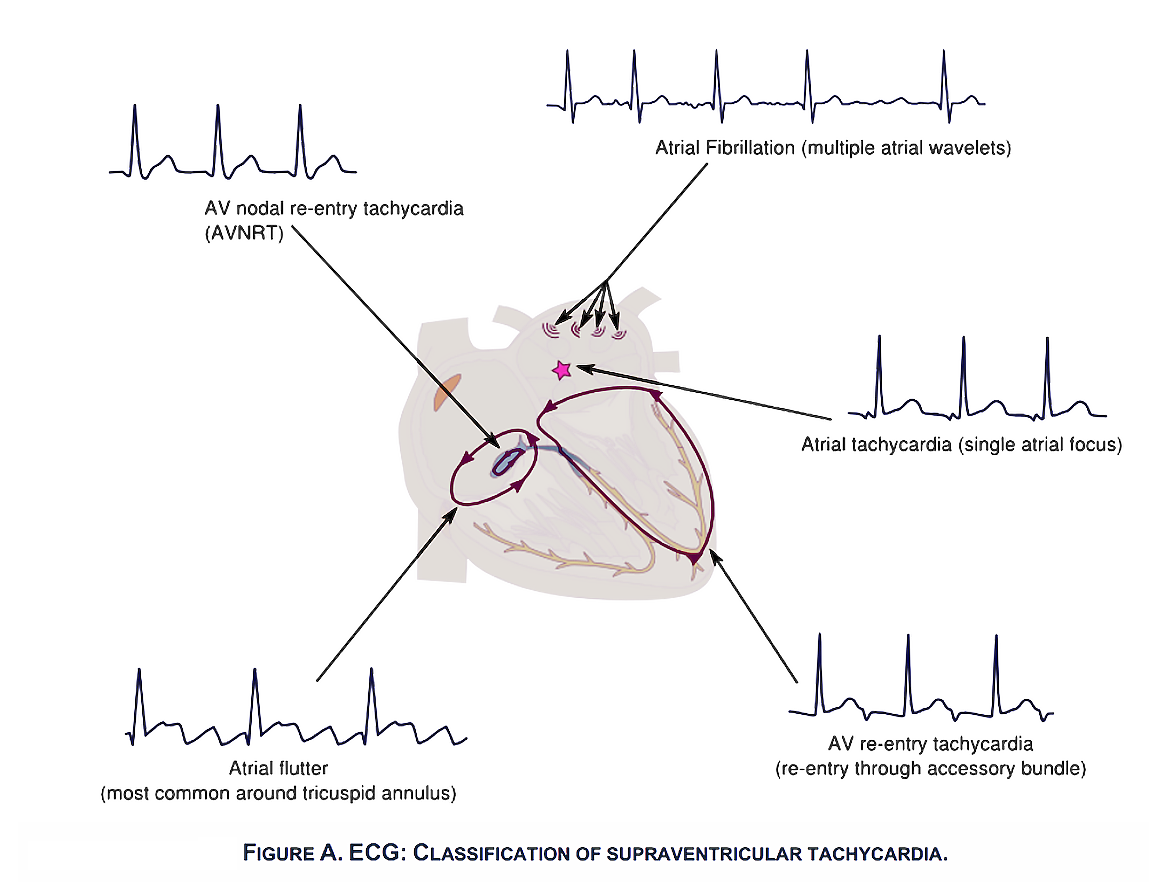
Complete COMLEX Level 2 CE Online Course Review
Choose The Best Plan
- 20 Step 1 Qbank Questions
- 3,500+ Step 1 Qbank
- Mock Assessment 1
- 3,500+ Step 1 Qbank
- Mock Assessment 1 & 2
- 3,500+ Step 1 Qbank
- Mock Assessment 1 & 2
- 3,500+ Step 1 Qbank
- Mock Assessment 1 & 2
- 3,500+ Step 1 Qbank
- Mock Assessment 1 & 2
- 3,500+ Step 1 Qbank
- Mock Assessment 1 & 2
- Mock Assessment 1
- 160 total questions
- 4 blocks - 40 ques per block
- Mock Assessment 1 & 2
- 320 total questions
- 8 blocks - 40 ques per block
- Mock Assessment 1 & 2
- 320 total questions
- 8 blocks - 40 ques per block
- COMLEX Level 2 CE EKG Review + Q&A
- COMLEX Level 2 CE EKG Review + Q&A
- COMLEX Level 2 CE EKG Review + Q&A
- 3,500+ Step 1 Qbank
- Full features
- 3,500+ Step 1 Qbank
- Full features
- 3,500+ Step 1 Qbank
- Full features
- 3,500+ Step 1 Qbank
- Full features
- 3,500+ Step 1 Qbank
- Full features
- 3,500+ Step 1 Qbank
- Full features
- 3,500+ Step 1 Qbank
- 5 blocks - 40 questions per block
EKG Course Review
Course Content
Expand All● Cardiac Muscle
● Cardiac Chambers
● Coronary Artery Anatomy
● Cardiac Conduction System
● Cardiac Action Potentials
● Cardiac Innervation
● Cardiac Cycle
COMLEX Level 2 EKG Interpretation
Prepare for your exam with UMock EKG Review. Each chapter includes a
complete review of topics with a Q&A at the end of the book.





